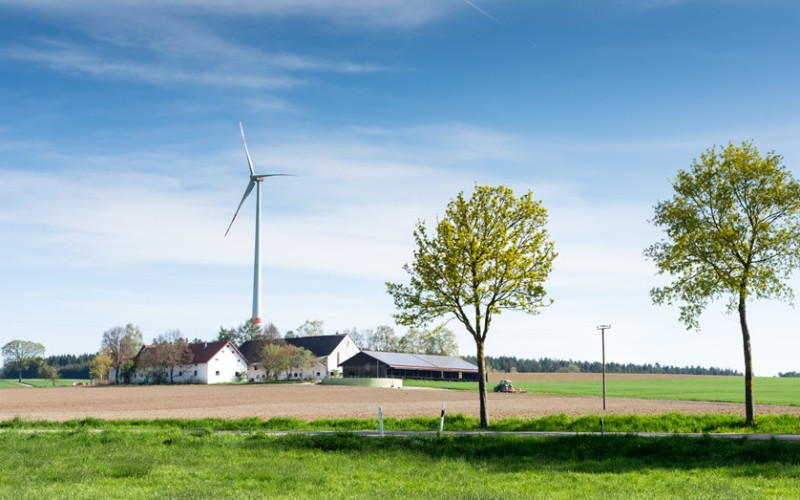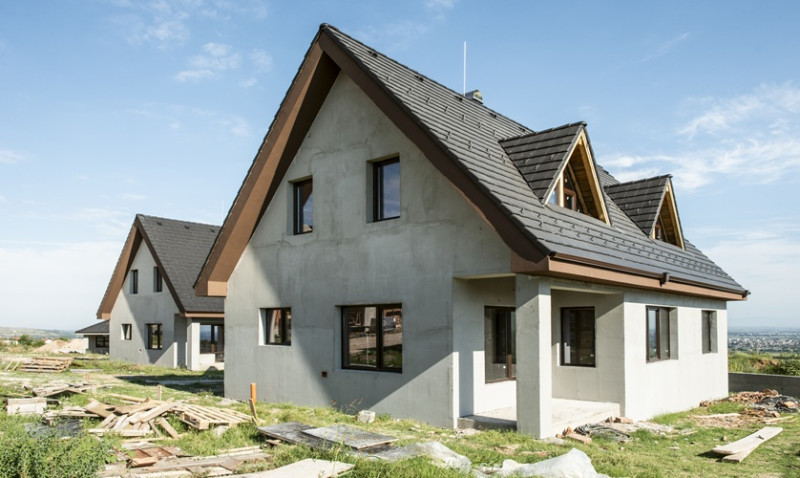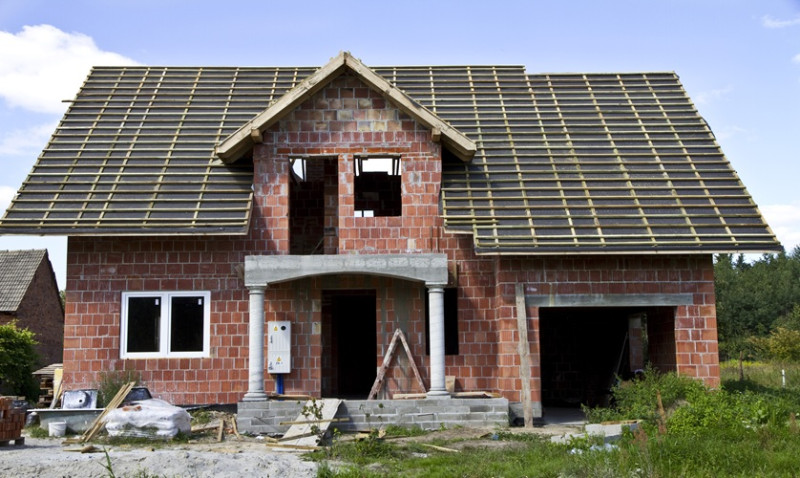
Owning a piece of land with dreams of building your own home is a goal for many across the UK. However, before laying foundations, one critical hurdle must be overcome—gaining planning permission. While it might sound daunting, the UK government has established clear pathways to make this process achievable, even for first-time landowners. In this blog, we break down the official route to securing planning approval and what you need to know to turn your land into a legal place of residence.
What is Planning Permission and Why is it Necessary?
Planning permission is formal consent from your local planning authority (LPA) allowing you to carry out a proposed development on land. Whether you're building a new structure, significantly altering a building, or changing the usage of land or buildings, planning permission is designed to ensure building work aligns with national and local development policies.
Without it, you could face legal action, be ordered to undo all your work, and be denied access to utilities like water and electricity. This makes securing permission essential for anyone planning to live on their own land. It's not only a means of complying with legislation—it also provides long-term peace of mind.
The planning process protects the environment, preserves communities, and ensures developments don’t negatively impact neighbours. Therefore, all aspiring landowners must be familiar with how the process works and the right way to go about it.
Fortunately, the UK government has outlined specific steps and exceptions for certain types of development that can speed up approval or, in some cases, eliminate the need for full planning permission altogether through "permitted development rights."
The Step-by-Step Process to Planning Permission
Understanding the official process to apply for planning permission is crucial. Below are the key stages:
- Research Your Local Plan: Every council operates under a Local Plan which outlines with great detail where development is allowed and restricted. You should consult this with your local planning office before any purchase or building project begins.
- Pre-application Advice: Most LPAs offer a pre-application service. This allows you to present your ideas and receive feedback before a formal submission. It's often recommended for self-builders and those developing private land for personal dwelling.
- Submit an Application: Applications are either "Full Planning Permission" or "Outline Permission." Full gives complete go-ahead for development; outline explores the principle of construction, with reserved matters (such as design & access) addressed later.
- Validation & Consultation: Once received, your application is validated against national and local policies. Neighbours, environmental groups, highways departments and others may be consulted based on your proposal.
- Decision Process: Normally, a decision is made within 8 weeks for simple applications or 13 weeks for major developments. You'll either receive approval (possibly with conditions), a refusal or a request for modification.
The key to success lies in preparation—knowing what your LPA wants to see and designing a proposal that meets their goals for development and sustainability. This is often where hiring a qualified architect, planning consultant, or designer proves invaluable.
Building a Home on Agricultural or Green Belt Land
Many dream of buying rural land and building a home surrounded by nature. However, agricultural and green belt lands come with extra layers of regulation. The UK government generally restricts residential development on these plots to prevent urban sprawl and protect rural environments.
That said, it’s not impossible. There are exceptions in place—such as Paragraph 80 of the National Planning Policy Framework (NPPF). This clause, previously known as Paragraph 79, allows for the construction of homes of exceptional architecture or innovative design within rural areas. These are judged on a case-by-case basis and often involve significant planning expertise to get approval.
Alternatively, agricultural workers may qualify for permission to build legally on this land to support a working farm. This “agricultural tie” limits occupancy to individuals employed in agriculture and requires strong evidence of need.
If you already own land with a previous use (such as a barn), you may also benefit from permitted development rights to convert existing agricultural buildings into residences under “Class Q” regulations. These don't require a full application, making it easier to establish a home.
Permitted Development Rights: Skipping the Full Permission Route
In some cases, you can bypass the need for full planning permission entirely through the government’s permitted development rights. These cover certain changes or additions to existing buildings and land usage without full approval.
Examples of permitted developments include converting barns into homes (under Class Q), installing solar panels, and small-scale home extensions. While permitted development is extremely helpful, restrictions apply—especially in National Parks, Green Belts, Conservation Areas, and listed buildings.
You must still submit a "prior notification" to your LPA in many of these cases, and they have the right to object if basic criteria, such as impact or access, aren't met. For anyone looking to live on their land with minimal delays, exploring if your intended development qualifies under these rights is an excellent starting point.
Key Considerations Before Applying
Before submitting your application, the government encourages landowners to consider their site’s location, access to main roads, availability of utilities, and environmental impact. For urban self-builders, connection to the grid and ease of delivery are often straightforward. But for rural plots, especially entirely undeveloped ones, access to vital infrastructure may significantly impact feasibility.
Consult with professionals such as architects or planning consultants who can assess your site’s strengths and weaknesses. Good planning applications not only include drawings and a basic statement—they feature in-depth site analysis, ecological surveys, flood risk assessments, and design & access statements.
Local relationships also matter—a well-prepared application with community support typically faces fewer objections. Talking to neighbours and addressing their concerns early can save months of red tape during consultation stages.
The Self & Custom Build Register
In a move to promote home ownership and support self-build initiatives, the UK government requires councils to maintain a Self & Custom Build Register where individuals can record their interest in building a home in their area.
By placing yourself on this register, you inform your local council of demand for serviced plots, hopefully prompting them to make land available. While being on the register doesn’t guarantee land or permission, it can influence local policy and bring new opportunities to the table.
This register can be particularly helpful for those who haven’t yet bought land but want to build locally. It’s free to join in some councils, though others may charge a small fee. If you’re serious about designing and building your own home, registering is a smart step.
Typical Costs and Timeline for Getting Planning Permission
| Stage | Approximate Cost | Estimated Timeline |
|---|---|---|
| Pre-application consultation | £100–£500 | 2–4 weeks |
| Full Planning Application (one dwelling) | £462 (application fee only) | 8–13 weeks |
| Architect or consultant fees | £1,500–£5,000+ | Varies per project |
| Surveys (e.g. ecology, soil, flood risk) | £300–£2,000+ | 1–6 weeks |
These figures are indicative and can vary based on location, site complexity, and whether you face objections. While planning may appear expensive, it's a small investment compared to the long-term value of a residential property approved for your land.
Final Thoughts: Turning Land Dreams into Reality
Securing planning permission on your own land may seem like a maze of regulations, but with preparation, the right advice, and a solid proposal, it’s absolutely achievable—even for first-time self-builders. With growing government support for sustainable housing and self-build opportunities, now is an excellent time to act.
Whether you're a DIY enthusiast looking to build a unique house, a young professional seeking land investment, or an architect designing small-scale developments, understanding the UK’s official planning channels is essential.
Ready to get started? Make sure you research your local council’s planning portal, speak with experts, and treat each part of the process with professionalism and precision. With patience and the right strategy, you could soon be living legally and happily on your own slice of land in the UK.






